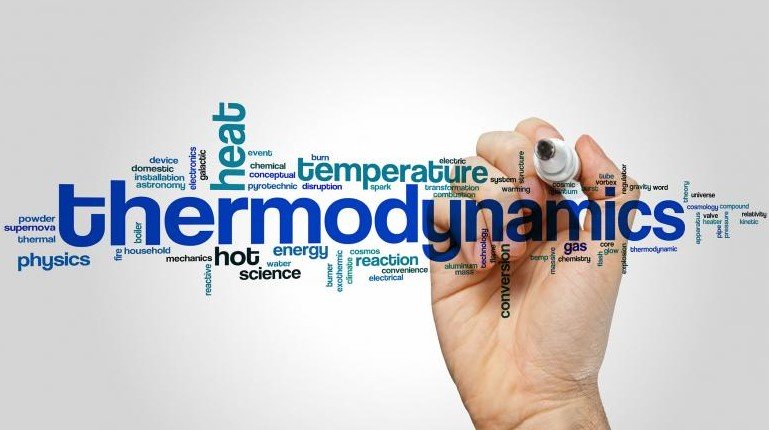21. Carbonization of coal consists of
A. drying and crushing the coal to a fine powder
B. moulding the finely ground coal under pressure with or without a binding material
C. heating the wood with a limited supply of air to the temperature not less than 280°C
D. none of the above
22. The efficiency of Stirling cycle is __________ Carnot cycle.
A. greater than
B. less than
C. equal to
23. According to Gay-Lussac law for a perfect gas, p/T = constant, if v is kept constant.
A. True
B. False
24. There is no change in internal energy in an isothermal process.
A. Correct
B. Incorrect
25. If the value of n = 0 in the equation pvn = C, then the process is called
A.constant volume process
B.adiabatic process
C.constant pressure process
D.isothermal process
26. The value of specific heat at constant pressure (cp) is __________ that of at constant volume (cv).
A. less than
B. equal to
C. more than
27. When coal is strongly heated continuously for 42 to 48 hours in the absence of air in a closed vessel, the process is known as __________ of fuel.
A. atomization
B. carbonization
28. Which of the following is correct?
A. Absolute pressure = Gauge pressure + Atmospheric pressure
B. Gauge pressure = Absolute pressure + Atmospheric pressure
C. Atmospheric pressure = Absolute pressure + Gauge pressure
D. Absolute pressure = Gauge pressure – Atmospheric pressure
29. The distillation carried out in such a way that the liquid with the lowest boiling point is first evaporated and recondensed, then the liquid with the next higher boiling point is then evaporated and recondensed, and so on until all the available liquid fuels are separately recovered in the sequence of their boiling points. Such a process is called
A. cracking
B. carbonization
C. fractional distillation
D. full distillation
30. Which of the following statement is incorrect?
A. The liquid fuels consist of hydrocarbons.
B. The liquid fuels have higher calorific value than solid fuels.
C. The solid fuels have higher calorific value than liquid fuels.
D. A good fuel should have low ignition point
